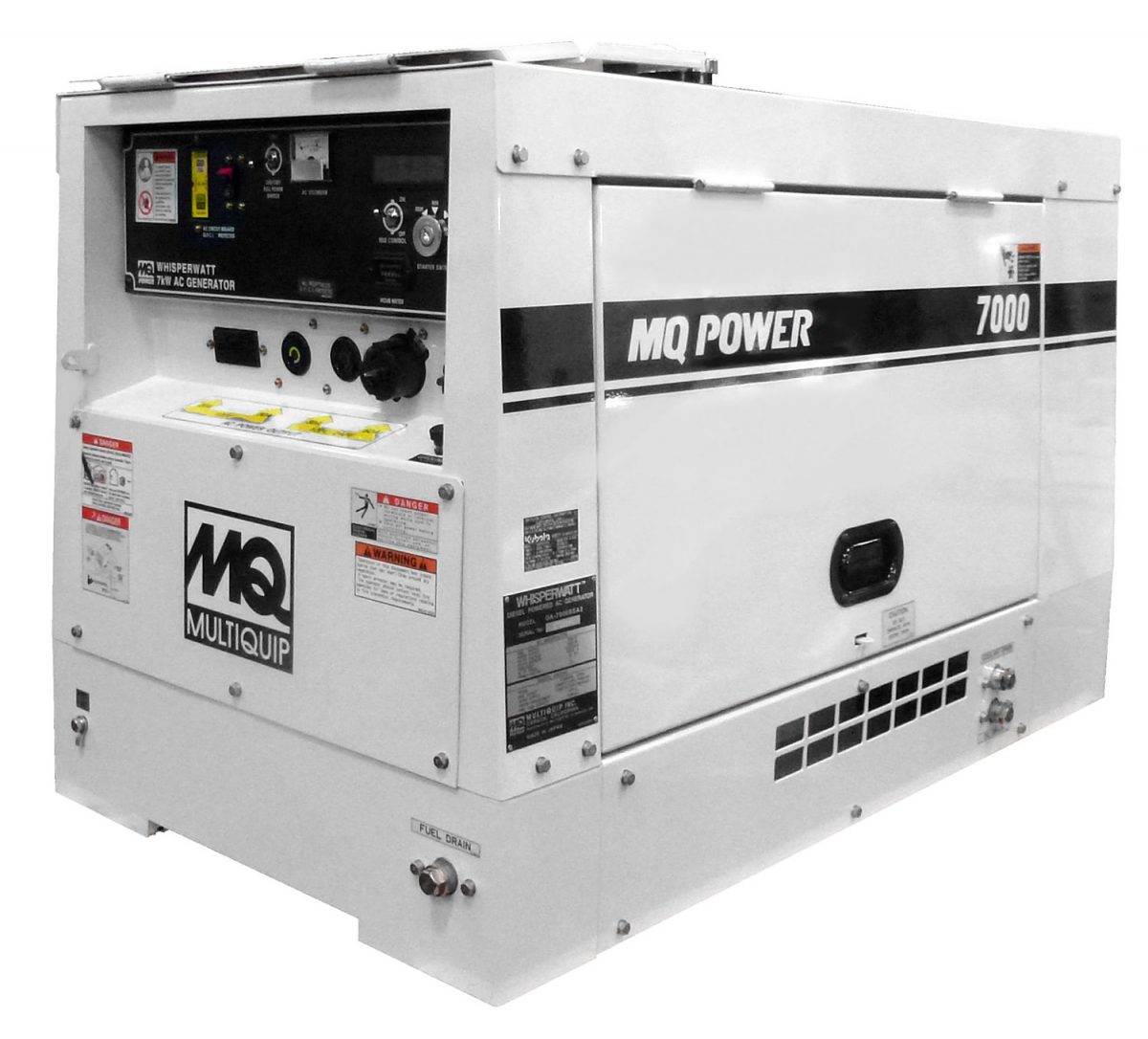What is a Power Generator Dynamo?
The standard of living that many are able to enjoy would not be possible without electricity. We may take for granted the years of research and discovery that was required to get us where we are today. Electrical power generators are the means of producing electricity for its many uses. Power generators have gone through several different design iterations, one such being the dynamo. Once a major innovation, the power generator dynamo has only limited yet practical uses in the modern day.
History of the Dynamo
The first practical designs of the dynamo power generators arrived in the 1860s and 1870s. Prior to this, large batteries and steam were still the most useful sources of power. While dynamo generators were popular in the United States, much of Europe was investing in the development of alternators.
By the time the 1890s rolled around, alternator technology has outpaced dynamos, and would continue to do so throughout the 20th century. Today, the dynamo has limited use but has found a niche in human-powered electrical equipment. Hand-cranked radios and flashlights used dynamo power generating mechanisms to produce electricity and recharge batteries.
How Does the Dynamo Work?
Power generators in general use a phenomenon known as electromagnetic induction to produce electricity. Basically, by having a magnetic and wire spin around each other, an electric current is produced that can be used to power electrical appliances. We take a closer look at the dynamo mechanism below.
A dynamo power generator consists of at least three components; a rotor, a stator, and a commutator. The rotor spins, the stator stays still (is “static”) and wraps around the rotor, while the commutator carries generated electrical current along a circuit to be used elsewhere.
In a dynamo, an armature of coiled copper is attached to the end of the rotor within the stator. An engine is used to power the rotation of the rotor. As the copper wiring spins within the stator, the magnetic field created by the stator’s magnet induces an electric current in the wiring. This current is then carried to the commutator.
The commutator is responsible for producing a direct current. Without the commutator, the current produced by the generator would be alternating current. If unimpeded, every 180 degree turn of the rotor would cause the induced electrical current to flow in an opposite direction within the circuit. The commutator arranges the wiring such that the generator electricity only flows in one direction; a direct current.
Dynamos Outpaced by Alternators
While both were invented around the same time, alternators producing alternating current have been shown to be more useful. As it turns out, the voltage of alternating currents is easier to manipulate, meaning that your laptop, coffee maker, and television can have an individualized voltage supply via the action of transformers. Technological advances in alternators have produced portable generators that are practical solutions for a wide range of prime-power and standby-power electrical needs.

